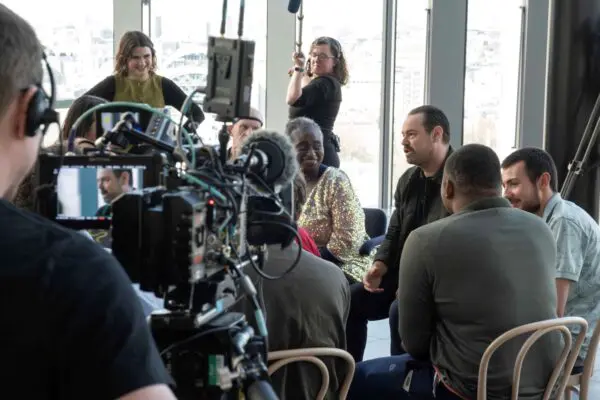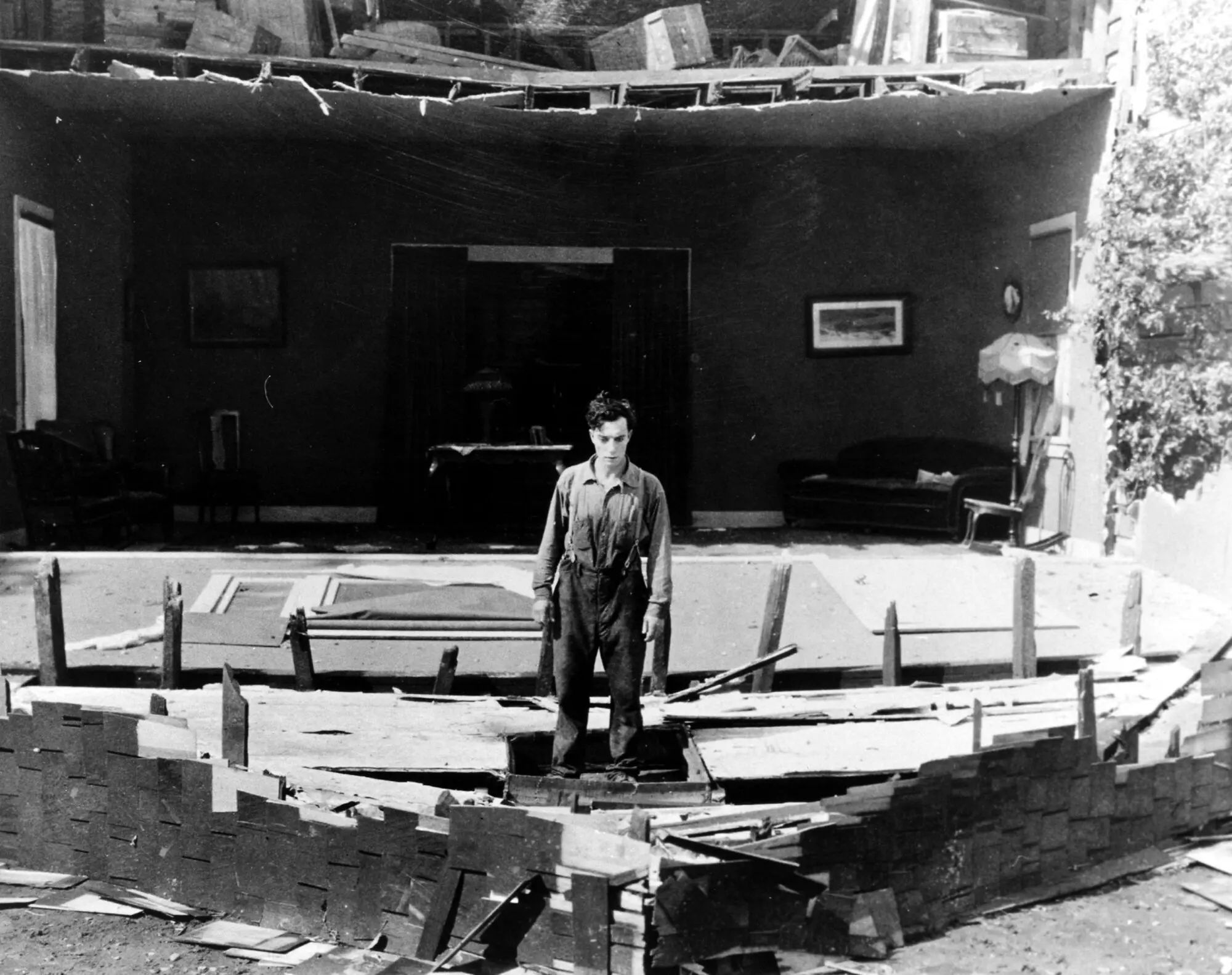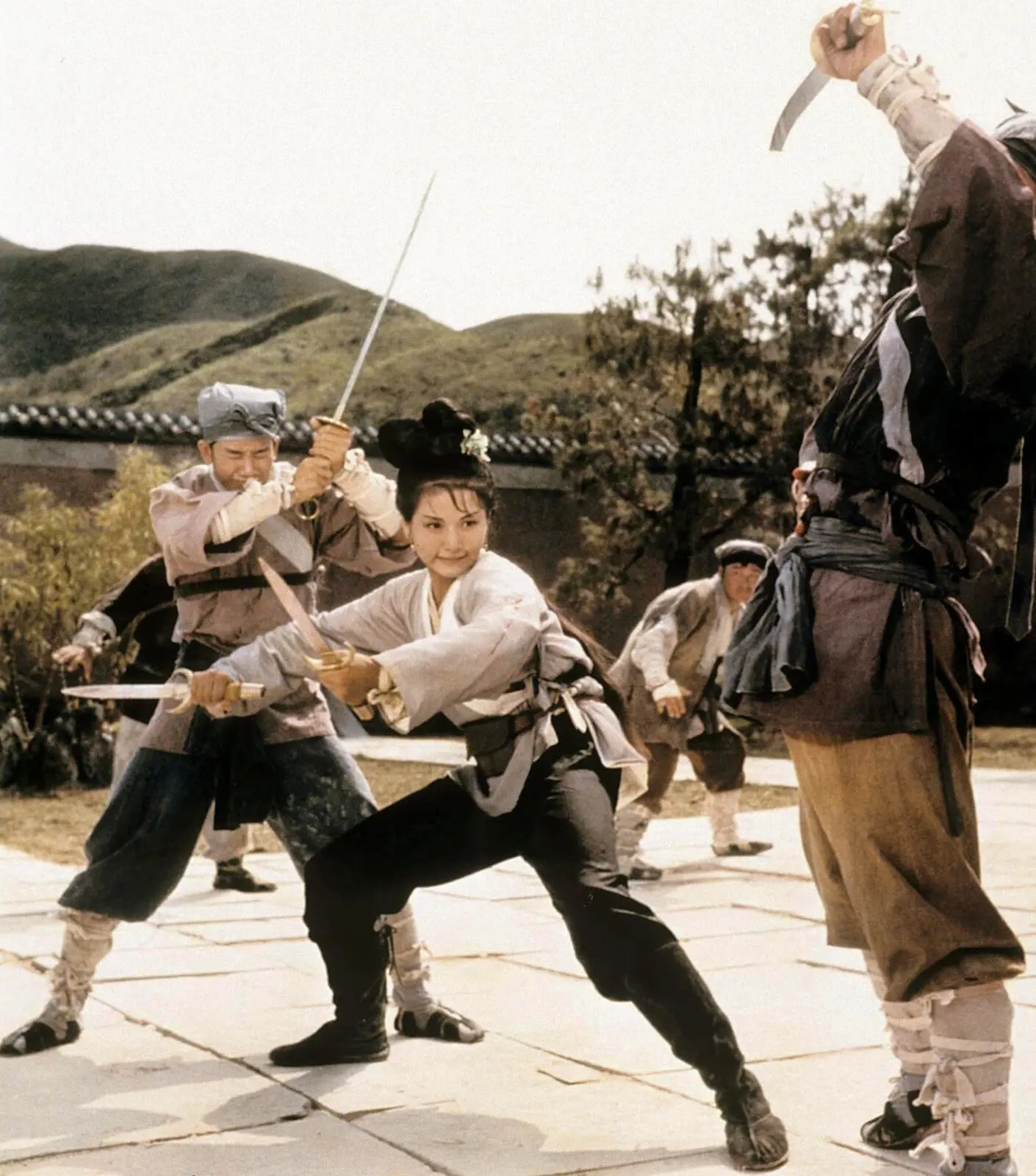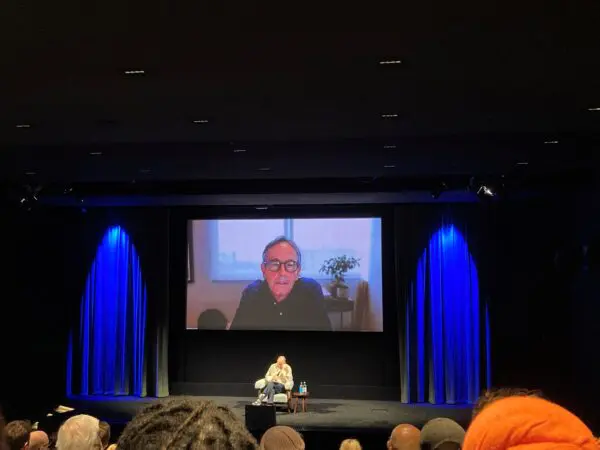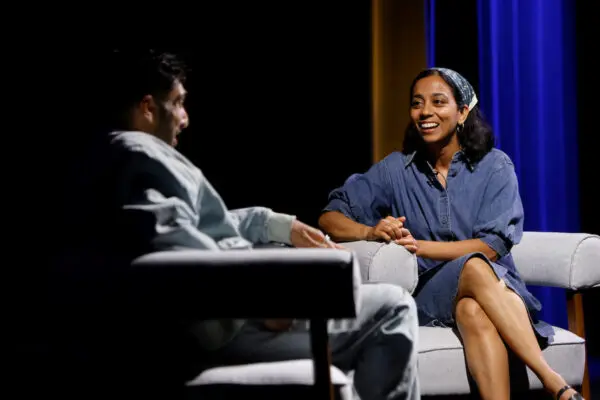The mid-80s brought a new style of action film from Hong Kong. Producer Tsui Hark and director John Woo’s A Better Tomorrow (1986) combined gunplay with martial arts choreography in the sub-genre ‘heroic bloodshed’. The Killer (1989) being perhaps heroic bloodshed’s purest example.
Woo moved to Hollywood and his delirious actioner Face/Off (1997) felt like the end of the heroic bloodshed era. Soon after, the X-Men (2000) and Spider-Man (2002) films kicked off the comic book movie boom. While these films feature plenty of practical stunts, they also marked CGI being used much more to create entire action sequences featuring characters that only lived in the computer. Christopher Nolan, however, bucked this trend with his Dark Knight trilogy (2005-2012), the grittier, more realistic tone partly expressed through the director’s insistence on using practical stunts where possible.
In 2000, the dormant wuxia film returned with director Ang Lee’s Crouching Tiger, Hidden Dragon. With fight choreography by Yuen Wo Ping, Lee’s film was a huge international success, creating an ‘art house-action’ hybrid genre. Director Zhang Yimou followed Lee’s success with the equally ambitious and beautiful films Hero (2003) and House of Flying Daggers (2004), both of which featured stunning action choreography. Hero’s ‘chess’ fight in the rain between Donnie Yen and Jet Li is one of the greatest one-on-one fights captured on celluloid.
The popularity of the neo-wuxia was short-lived, however – by the late 2000s, CGI increasingly replaced practical stunts in blockbuster cinema. However, innovation was still rife at lower budgets. Gareth Evans’ Indonesian action diptych The Raid 1 and 2 (2011 and 2014) were hugely influential. Evans and fight choreographers (and stars) Iko Uwais and Yayan Ruhian made the camera a participant in the action, lunging and dodging blows in The Raid’s widely imitated corridor fight, itself reminiscent of Tony Jaa’s stunning one-take stairwell fight in Tom-Yum-Goong (2005).
The Raid 2 took this technique and applied it to more expansive extremes. A standout moment is the fight inside a car during a car chase. One astounding shot was accomplished not with CGI but by passing the camera out of a car window to a cameraman on a motorbike and then back through another car window to a cameraman sewn into a passenger seat. In turn, such techniques would inspire others to push the action boundaries further: South Korea’s The Villainess (2017) includes an outstanding corridor fight to open the film, all shot in first-person. Hardcore Henry (2015), a film packed with incredible stunts, was shot entirely in first-person, made possible by the invention of the GoPro camera.

